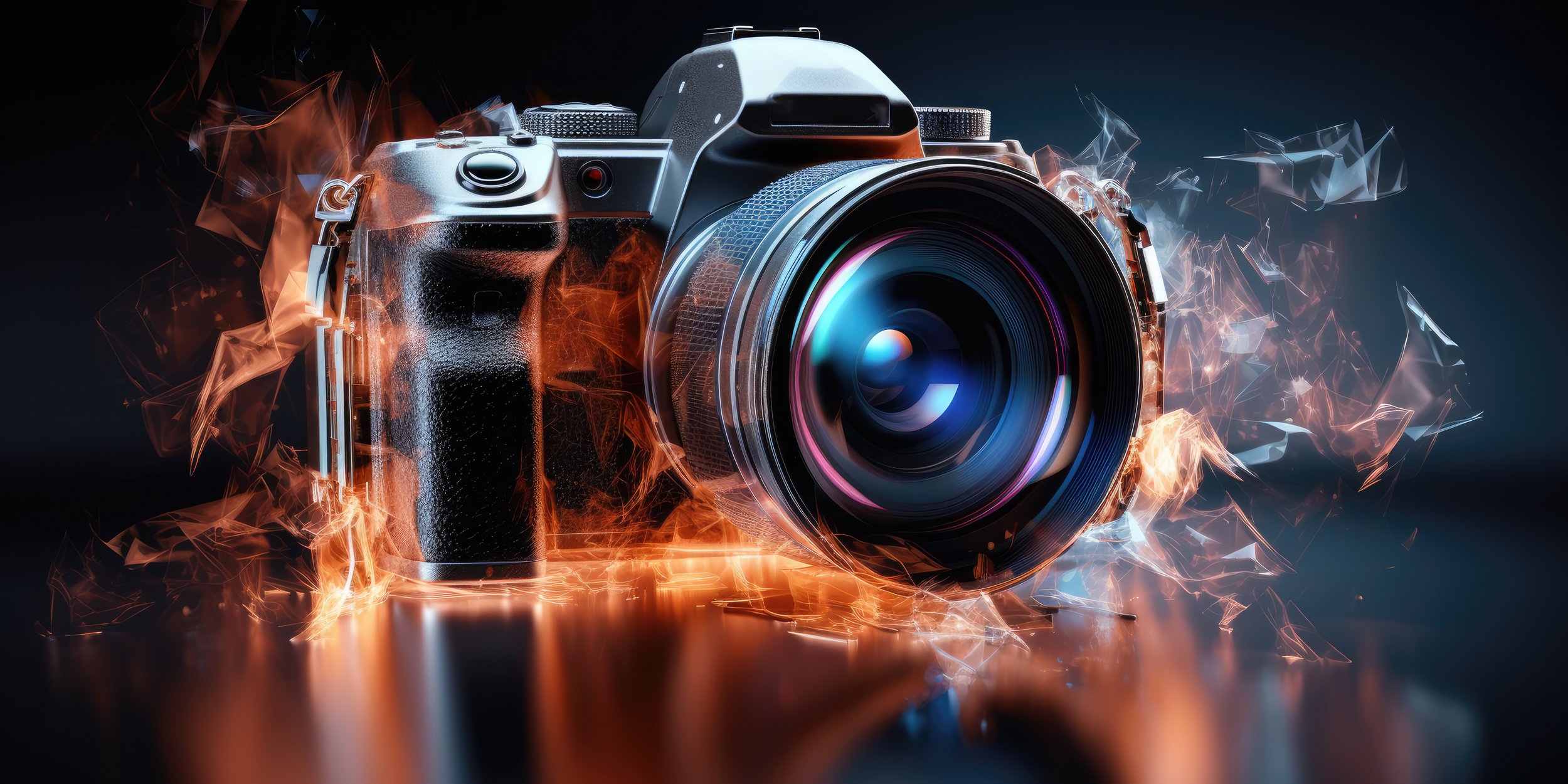Unleashing Creativity: The RAW Advantage in Professional Photography
As a professional photographer, the decision to shoot in RAW is not just a technical preference; it's a deliberate choice that significantly impacts the quality and creative potential of my work. In this blog, I'll delve into the intricate world of RAW photography, exploring the technical nuances of dynamic range, camera sensors, and post-processing that make shooting in RAW an indispensable tool for professional photographers.
The Foundation: Understanding RAW
At its core, RAW is not just a file format; it's a digital negative that preserves every detail captured by the camera sensor. Unlike JPEG, which applies compression and discards some data, RAW files contain the full range of information, providing photographers with unprecedented control over their images during post-processing.
Dynamic Range Mastery
Dynamic range, the ability of a camera to capture details in both the brightest highlights and darkest shadows, is a critical aspect of photography. The RAW format excels in preserving an extensive dynamic range, allowing me to capture scenes with high contrast accurately. This is particularly crucial when faced with challenging lighting conditions, such as a bright sun casting shadows across a landscape.
The RAW advantage becomes evident in scenes where the contrast is extreme. Shooting in RAW allows me to recover details in overexposed highlights or bring out information from shadowed areas without sacrificing image quality. This flexibility ensures that my final images maintain a natural and balanced appearance, free from the harsh effects of blown-out highlights or clipped shadows.
Harnessing the Power of the Camera Sensor
The camera sensor is the heart of any digital camera, and its performance plays a pivotal role in image quality. RAW files harness the full potential of the sensor, capturing more data than any other format. This is particularly evident in scenarios where precise color reproduction and fine details are paramount.
The ability to record the entire color spectrum in a RAW file provides me with unparalleled flexibility during post-processing. Whether adjusting white balance to correct the color temperature or fine-tuning individual color channels, shooting in RAW ensures that the full spectrum of colors captured by the sensor is at my disposal, allowing for nuanced and accurate color reproduction.
Creative Control in Post-Processing
Post-processing is where the magic happens, and RAW files grant me an extensive playground for creative expression. The non-destructive nature of RAW editing means that my original file remains untouched, allowing me to experiment with various adjustments without compromising image quality.
Exposure Adjustments:
RAW files enable me to make precise exposure adjustments, ensuring that highlights are not blown out, and shadows retain detail. This level of control is invaluable, especially when fine-tuning the overall tone of an image.
White Balance Manipulation:
Correcting or enhancing the color temperature is a breeze with RAW files. Whether I want to capture the warmth of golden hour or the coolness of a shaded scene, RAW allows me to make nuanced white balance adjustments, achieving the desired mood in my images.
Highlight and Shadow Recovery:
The ability to recover details from highlights and shadows sets RAW apart from other formats. This is particularly beneficial in high-contrast scenes, where the interplay of light and shadow creates a visually compelling narrative. RAW files provide me with the tools to bring out the subtleties that might be lost in other formats.
Fine-Tuning Sharpness and Noise Reduction:
RAW processing allows for intricate adjustments to sharpness and noise reduction. This level of precision is essential when striving for optimal image quality, especially in genres like landscape or portrait photography where details matter.
Future-Proofing and Technological Advances
The field of photography is dynamic, with advancements in post-processing tools continually reshaping the way we edit and enhance our images. Shooting in RAW provides a level of future-proofing, allowing me to revisit and reprocess my work as technology evolves.
As new software and editing techniques emerge, RAW files become the gateway to harnessing these innovations. The wealth of data contained in RAW files ensures that my images can benefit from the latest advancements, whether it's in noise reduction algorithms, enhanced color grading tools, or improved sharpening techniques.
The Storage Conundrum: Quality Over Quantity
One of the drawbacks often associated with RAW files is their larger size compared to JPEGs. However, as a professional photographer, I prioritize quality over quantity. The increased file size reflects the wealth of information captured by the camera sensor, and with the ever-expanding storage solutions available, the benefits of shooting in RAW far outweigh the storage concerns.
Conclusion: Elevating the Art of Photography
In conclusion, shooting in RAW is not just a technical choice; it's a commitment to the art of photography. The advantages offered by RAW files, from mastering dynamic range to harnessing the full potential of the camera sensor and enjoying creative control in post-processing, elevate the quality and expressive potential of my work. As a professional photographer, the decision to shoot in RAW is a conscious step towards unlocking the full spectrum of creative possibilities and ensuring that my images stand the test of time.

